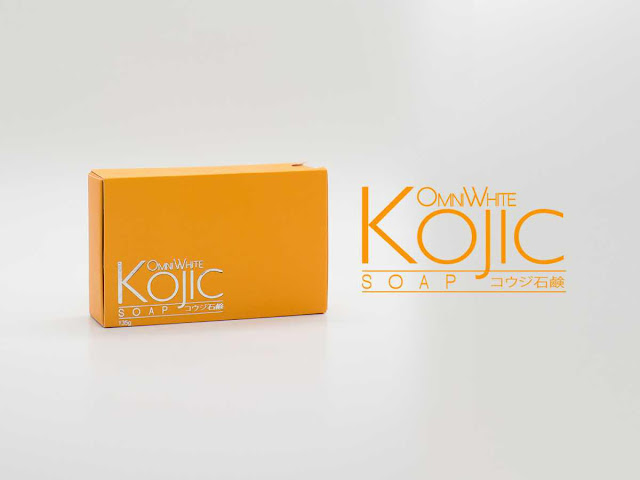Kojic Acid Facts
Kojic acid is a derivative of mushrooms, and it is used in cosmetics to lighten skin discoloration such as freckles and age spots. Kojic acid comes from Japan. in addition to being used as a topical agent for skin care, it is is also common in Japanese diets, as, for example, in miso soup.
Function
Kojic acid penetrates the skin and goes into the deep cellular layers to inhibit dark pigmentation from forming. It does this by hindering the enzyme tyrosinase, which is responsible for regulating the production of melanin. Kojic acid comes in the form of soaps and creams, states Hyperpigmentation Solutions.
Features
Kojic acid contains antibacterial properties, and is believed to benefit one’s overall well being. Kojic acid is used to preserve color in foods and keep it looking fresh on the surface. It can also be used to save the color of flowers and is a pollution-free feature in some pesticides.
According to OptiDerma.com, it takes kojic acid approximately three months to show visible results. Darker skin will have to wait longer to see noticeable changes in skin pigmentation. It is important to note that excessive use of kojic acid makes the skin increasingly sensitive to sun and sun lamps. You must take extra care to apply heavy sunscreen and other sun protection factors, such as hats and clothing, when you are outdoors.
Melasma is a skin-discoloration disorder that is genetic and can affect women who are taking various pregnancy hormones. Because kojic acid decreases the production of melanin, it is helpful to melasma sufferers, states DermaDoctor.com. It can reduce the brown and gray areas that appear on the face, neck, and arms.
Kojic acid is relatively safe, but these are some side effects. Even though it is marketed for skin lightening, some believe it makes skin too light. However, once you discontinue use of kojic acid, skin returns to its normal pigmentation. Another side effect is skin sensitivity over prolonged use. This sensitivity includes redness, itching, some inflammation and other symptoms similar to poison ivy.
SOURCE: LIVESTRONG.COM
